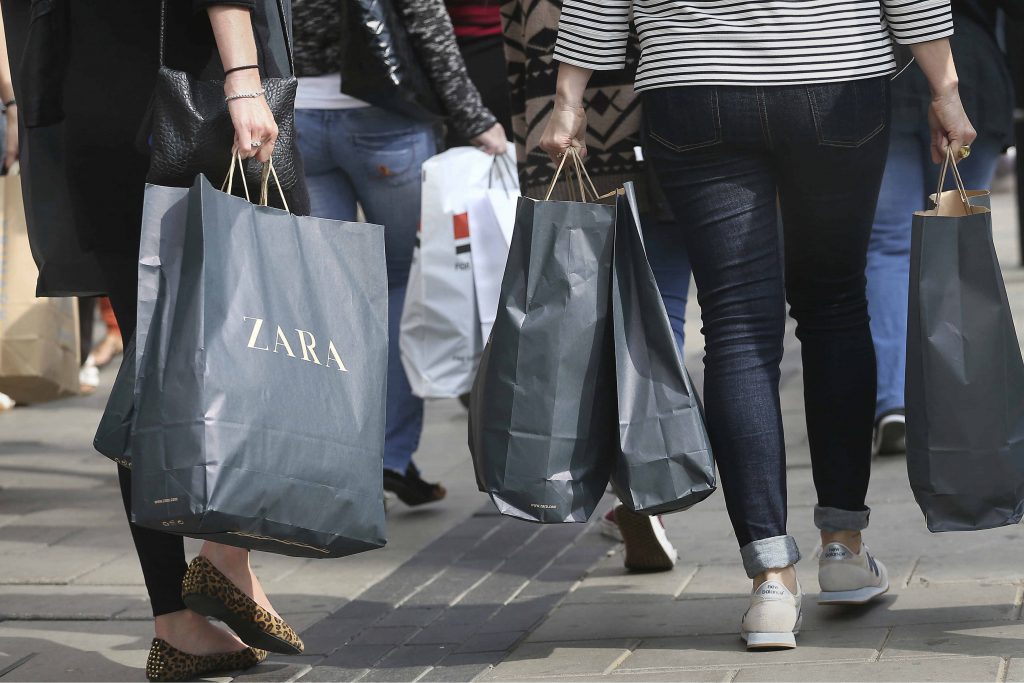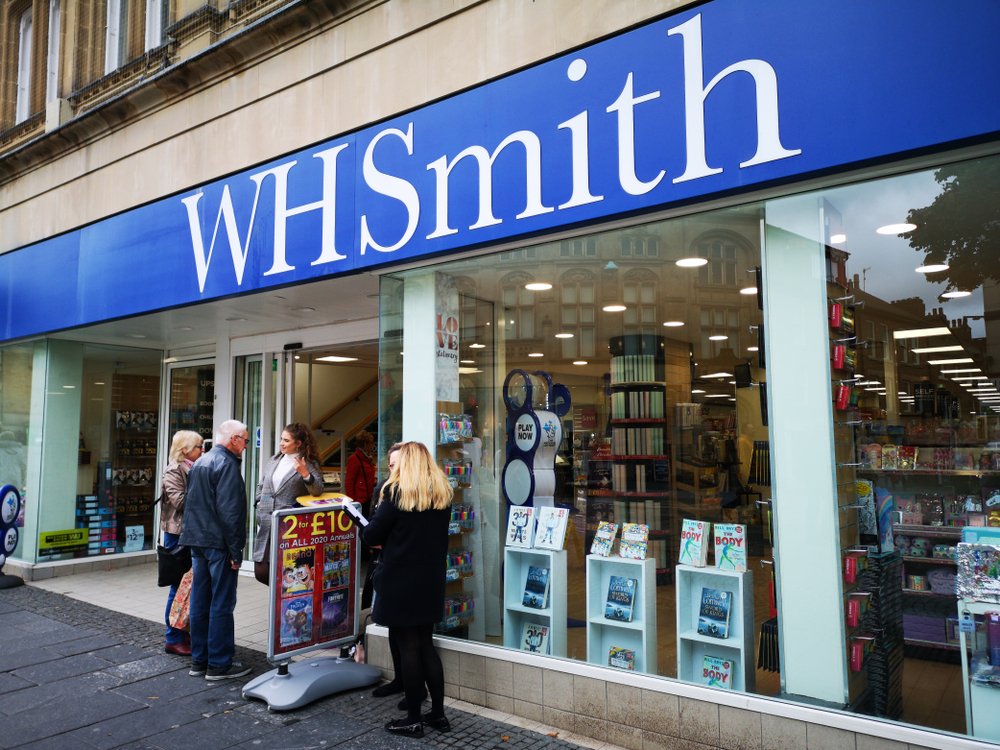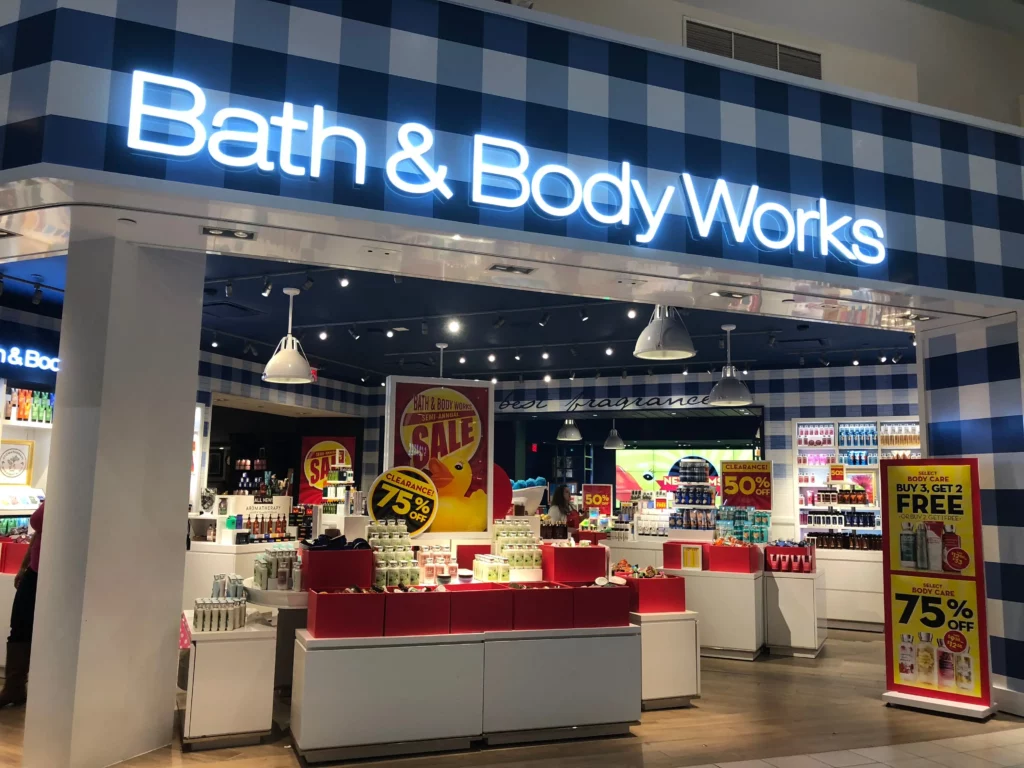// UK retail sales rebounded by 1.9% in January after the spread of the Omicron variant and related pandemic restrictions affected shoppers
// The rebound in sales was buoyed by strong home improvement demand
Retail sales rebounded strongly in January after the Omicron variant hit the UK, with shoppers shrugging off surging inflation and returning to high streets, new figures show.
The Office for National Statistics (ONS) said sales rose by 1.9% in January, meaning they were 3.6% above pre-pandemic levels – the biggest monthly increase since the lockdown was lifted last spring.
That recovers about half of the 4.0% drop in December when the surge in Covid-19 cases and pandemic restrictions hit spending, and lifts retail spending to 3.6% above its pre-pandemic levels.
READ MORE:
- Retail sales grow in January thanks to demand for furniture
- Higher clothing and footwear prices push living costs up again in January
The ONS stated that recovery was driven by an increase in spending at non-food stores such as household goods and garden centres, as people sought to spruce up their properties at the start of the year.
The ONS said: “Household goods stores sales volumes rose by 7.5% in January 2022 because of strong growth in furniture and lighting stores (16.6%) and electrical goods stores (16.0%). Sales volumes were 3.8% above their February 2020 levels.
“Department stores reported a monthly increase of 7.1% in sales volumes but remained 8.0% below their February 2020 levels.”
However, clothing stores reported a fall of 5.0% over the month, possibly due to the fact that January sales were less generous than previous years(which also pushed up inflation to a 30-year high).
On an annual basis, people bought 9.1% more items than a year ago, when non-essential shops were forced to close in the 2021 lockdown.
However, spending at food stores such as supermarkets fell below pre-coronavirus levels for the first time. Retail volumes at food stores were 0.8% below where they were in February 2020, having surged once the first lockdown began.
In another sign that the economy was returning to more normal, online shopping’s share of spending fell to 25.3% in January 2022, its lowest proportion since March 2020.
Commenting on the news James McDonald, retail partner at Deloitte, said: “Today’s figures form the initial sketches of a more positive picture for retail recovery in 2022. Despite worries about inflation, consumers continued to spend. The loosening of restrictions has resulted in more consumers heading to the high street and boosting overall in-store footfall.”
Speaking on cost of living headwinds he added: “The rising cost of living is firmly front of mind. 29% of UK consumers expect their personal expenditure to go up in the first quarter of 2022 due to rising inflation, and more expensive utility and grocery bills.
“The question is whether retailers will absorb growing costs or pass this on to the consumer, adding further strain to consumer pockets and impacting the industry’s speed of recovery. Finding ways to continue to entice consumers to spend in-store or online will be key to a sustained recovery for the retail industry. To aid this, many retailers are exploring new digital ways of engaging with consumers both online and in-store.
“This could prove pivotal in the months ahead as those consumers who are in a position to spend head out as the economy continues to open up.”
Click here to sign up to Retail Gazette‘s free daily email newsletter

















